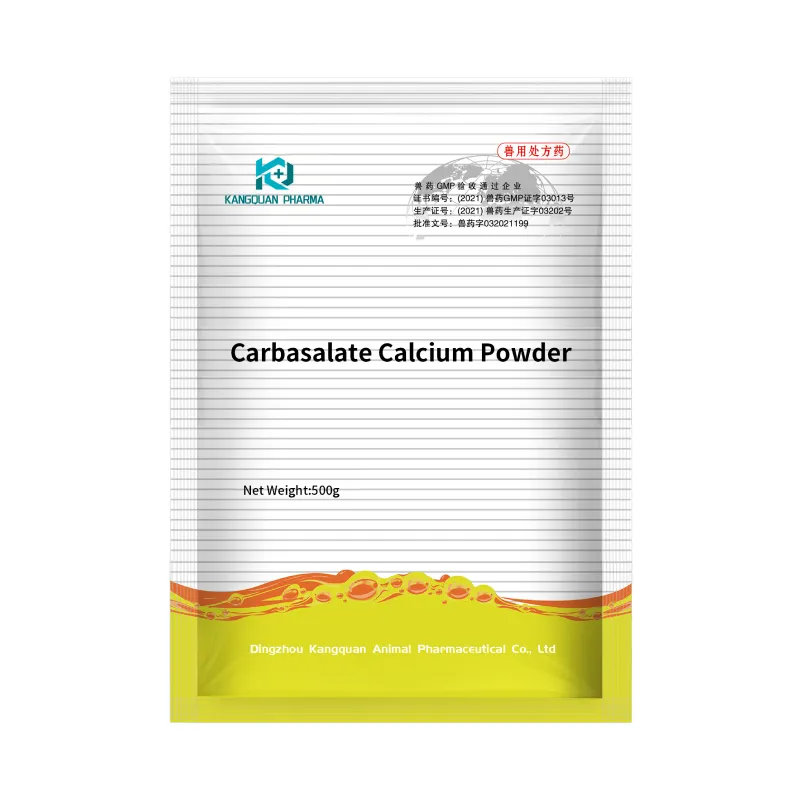- Afrikaans
- Albanian
- Amharic
- Arabic
- Armenian
- Azerbaijani
- Basque
- Belarusian
- Bengali
- Bosnian
- Bulgarian
- Catalan
- Cebuano
- Corsican
- Croatian
- Czech
- Danish
- Dutch
- English
- Esperanto
- Estonian
- Finnish
- French
- Frisian
- Galician
- Georgian
- German
- Greek
- Gujarati
- Haitian Creole
- hausa
- hawaiian
- Hebrew
- Hindi
- Miao
- Hungarian
- Icelandic
- igbo
- Indonesian
- irish
- Italian
- Japanese
- Javanese
- Kannada
- kazakh
- Khmer
- Rwandese
- Korean
- Kurdish
- Kyrgyz
- Lao
- Latin
- Latvian
- Lithuanian
- Luxembourgish
- Macedonian
- Malgashi
- Malay
- Malayalam
- Maltese
- Maori
- Marathi
- Mongolian
- Myanmar
- Nepali
- Norwegian
- Norwegian
- Occitan
- Pashto
- Persian
- Polish
- Portuguese
- Punjabi
- Romanian
- Russian
- Samoan
- Scottish Gaelic
- Serbian
- Sesotho
- Shona
- Sindhi
- Sinhala
- Slovak
- Slovenian
- Somali
- Spanish
- Sundanese
- Swahili
- Swedish
- Tagalog
- Tajik
- Tamil
- Tatar
- Telugu
- Thai
- Turkish
- Turkmen
- Ukrainian
- Urdu
- Uighur
- Uzbek
- Vietnamese
- Welsh
- Bantu
- Yiddish
- Yoruba
- Zulu
Nov . 24, 2024 06:25 Back to list
Amoxicillin Powder for Poultry Health and Disease Prevention Solutions
The Use of Amoxicillin Powder in Poultry Benefits and Considerations
Amoxicillin, a widely recognized antibiotic, has been a cornerstone in both human and veterinary medicine. Among its various applications, amoxicillin powder for poultry has gained significant traction due to its effectiveness in treating bacterial infections in birds, including chickens, turkeys, and ducks. This article delves into the benefits, usage protocols, and considerations surrounding the use of amoxicillin powder in poultry farming.
Understanding Amoxicillin
Amoxicillin belongs to the penicillin class of antibiotics and is known for its broad spectrum of activity against both gram-positive and some gram-negative bacteria. In the context of poultry, it is commonly utilized to treat respiratory diseases, enteritis, and other bacterial infections that can adversely affect the health of birds and the overall productivity of poultry farms.
Benefits of Amoxicillin Powder in Poultry
1. Disease Management Poultry operations can face outbreaks of diseases caused by bacteria such as E. coli and Salmonella. Amoxicillin effectively combats these pathogens, helping to reduce mortality rates and improve survival among flocks. By incorporating amoxicillin into treatment regimens, poultry farmers can quickly address health issues, minimizing potential economic losses.
2. Improved Growth Rates Healthy birds grow more efficiently. When diseases are adequately managed through the use of antibiotics like amoxicillin, poultry can achieve better weight gain and feed conversion ratios. This translates to increased profitability for farmers, as healthy birds reach market weight more quickly.
3. Ease of Use Amoxicillin powder can be easily mixed with feed or dissolved in water for administration. This flexibility allows farmers to choose the most convenient method for delivering medication to their flocks, ensuring that all birds receive appropriate dosages.
4. Prevention of Disease Outbreaks In addition to treatment, amoxicillin can also play a role in preventive health management. In areas where bacterial diseases are prevalent, prophylactic use of the antibiotic can help maintain the overall health of the flock, decreasing the risk of outbreaks.
amoxicillin powder for poultry

Usage Protocols and Considerations
Despite its benefits, the use of amoxicillin powder in poultry is not without challenges. Responsible use is crucial to mitigate potential issues such as antibiotic resistance. Farmers should adhere to guidelines that ensure the safe and effective use of antibiotics, including
1. Veterinary Consultation Before administering amoxicillin, poultry farmers should consult with a veterinarian. Proper diagnosis and treatment plans are essential for effective disease management. A veterinarian can help determine the correct dosage and duration of treatment based on the specific health needs of the flock.
2. Withdrawal Period One critical consideration when using amoxicillin in poultry is the concept of withdrawal periods. This refers to the time that must elapse between the last administration of the antibiotic and the harvesting of eggs or meat. Adhering to recommended withdrawal times is essential to ensure that antibiotic residues do not remain in food products, thereby safeguarding consumer health.
3. Monitoring and Record-Keeping Farmers should maintain detailed records of antibiotic use, including indications for use, dosages, treatment durations, and withdrawal times. Monitoring the health of the flock and observing any changes post-treatment are also vital for assessing the effectiveness of the intervention.
4. Resistance Management To combat antibiotic resistance, farmers are encouraged to adopt integrated pest management practices that include vaccination, biosecurity measures, and good husbandry practices alongside the prudent use of antibiotics.
Conclusion
Amoxicillin powder serves as a valuable tool in poultry health management, offering significant benefits in disease treatment, growth promotion, and preventative care. However, it is essential to use it responsibly and in accordance with veterinary guidance to ensure the continued efficacy of this antibiotic and the overall health of poultry populations. Through careful management and strategic use, poultry farmers can optimize their operations while safeguarding animal welfare and public health.
-
Guide to Oxytetracycline Injection
NewsMar.27,2025
-
Guide to Colistin Sulphate
NewsMar.27,2025
-
Gentamicin Sulfate: Uses, Price, And Key Information
NewsMar.27,2025
-
Enrofloxacin Injection: Uses, Price, And Supplier Information
NewsMar.27,2025
-
Dexamethasone Sodium Phosphate Injection: Uses, Price, And Key Information
NewsMar.27,2025
-
Albendazole Tablet: Uses, Dosage, Cost, And Key Information
NewsMar.27,2025













